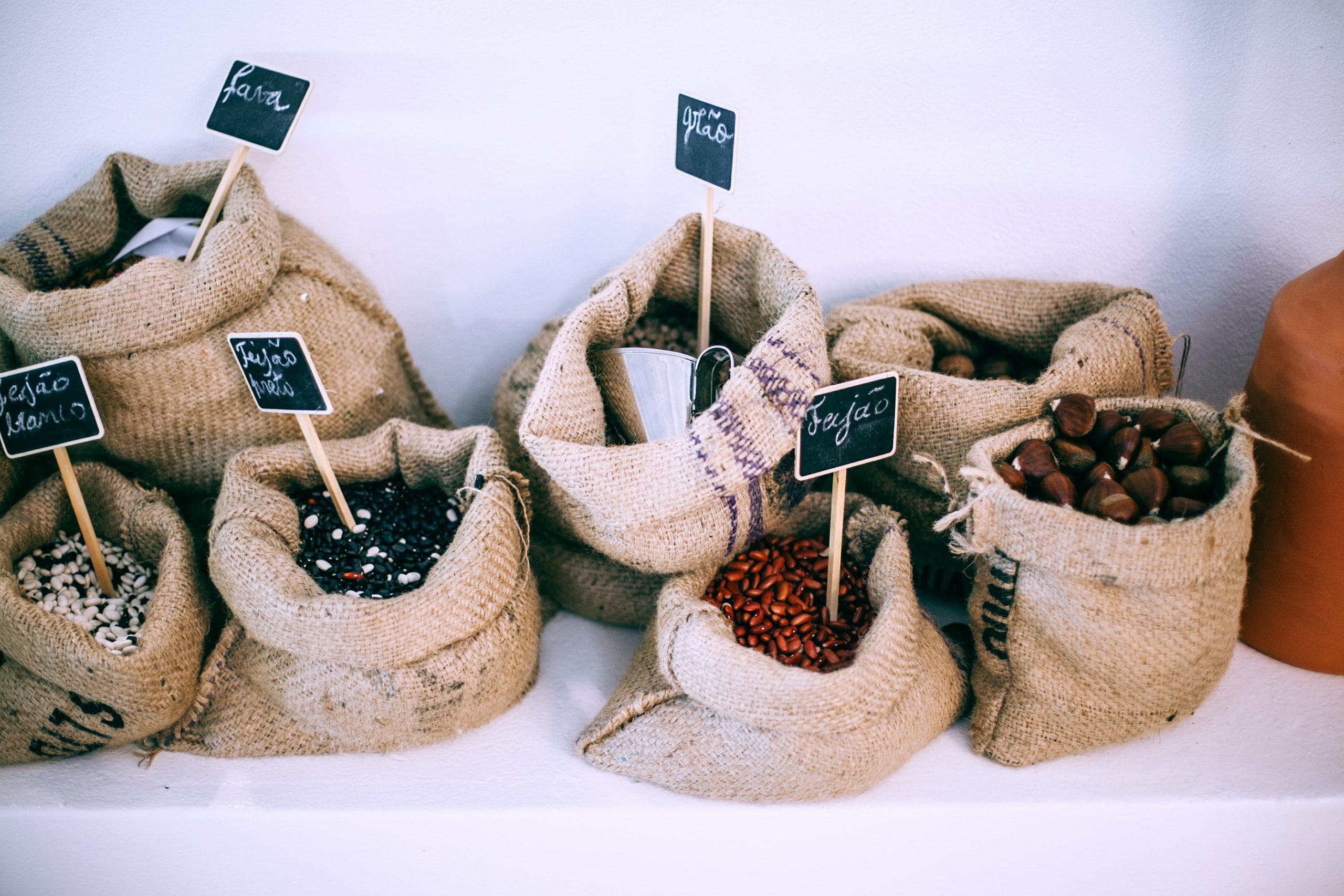How to Maximize the Shelf Life of Your Ingredients
When looking at your restaurant’s inventory you don’t have to look far to see one of the largest areas of waste: spoilage. By ensuring your ingredients last as long as possible, and are being utilized at the proper yield percentage, you’ll be reducing the need to order new inventory unless demand requires it, potentially saving you tens to hundreds of thousands of dollars each year in inventory costs. Through the course of this article, we’ll explore what controls are available to control the shelf life of your ingredients, and ultimately result in lowering your food costs. Let’s dive in!
Storage Areas
Before looking at ingredients themselves, we’ll start by looking at your storage areas. Yes, your storage areas can be the greatest determinant of ingredient shelf life. If your storage areas are not set up and operating at their optimal capacity, and we don’t mean simply to code, you could be severely limiting the quality and longevity of your ingredients.
Temperatures
Is the temperature of each storage area within the optimal range? Freezers need to be kept within a certain range to maintain the cold chain and ensure the product stays within the safe range. Refrigerators must be kept within a different temperature range, but each range must also be kept stable to maintain the quality of the product.
We recommend ensuring that your maintenance be kept up-to-date, and records of that maintenance are kept. In addition to keeping up-to-date and tracking the maintenance of your storage areas, you’ll also want to keep track of temperatures multiple times each day. This will allow you to find, diagnose, and fix any issues that may impact your inventory.
Humidity
If the humidity in your storage spaces is not ideal, this can drastically reduce the ingredient shelf lives, or even outright ruin ingredients. For example, if your dry storage is too humid, ingredients like flour may absorb the humidity in the air and ruin your existing stock. This would have a ripple effect through your operations. Dishes containing the ingredient would have to be removed from your menu temporarily until new product is obtained, potentially leading to a loss in revenue if they don’t order anything else. You also lose the money invested in that ruined inventory, and to compound that issue, you must buy more inventory from your supplier on your next order or pay a premium to obtain those ingredients from a local store or supermarket.
Storage Containers
Now that we’ve established the effect that your storage areas can have on your ingredients, the next step is to look at your storage containers, how you track ingredients and preps, and how they’re used.
Having quality containers for your ingredients can help stabilize the humidity level, as well as keep your ingredients from spoiling due to contamination. Proper containers should provide a solid seal and allow you to put labels on them. These labels should indicate the date the ingredient was purchased, or when the prep was prepared, and any other important information such as nutritional values or allergens. Using date labels will allow you to ensure that the oldest product in your inventory is used before it becomes waste and that your products are as fresh as possible while still allowing you to be profitable.
Training
The final area we will discuss is training. Your staff must be trained in the proper prep methods used in your restaurant to ensure that processes are followed consistently, and the cold chain is maintained. If something happens to a chef or other member of staff, there will be someone able to step in and continue the work that needs to be done until they return. By doing this, your operations and inventory management protocols continue, and your business operates as though nothing had changed.
As we can see, the impact of ensuring product is kept in its optimal state are wide reaching, and your restaurant can help keep its inventory controls simple to ensure this over time. To learn more about our restaurant inventory management software, visit our learning center!


